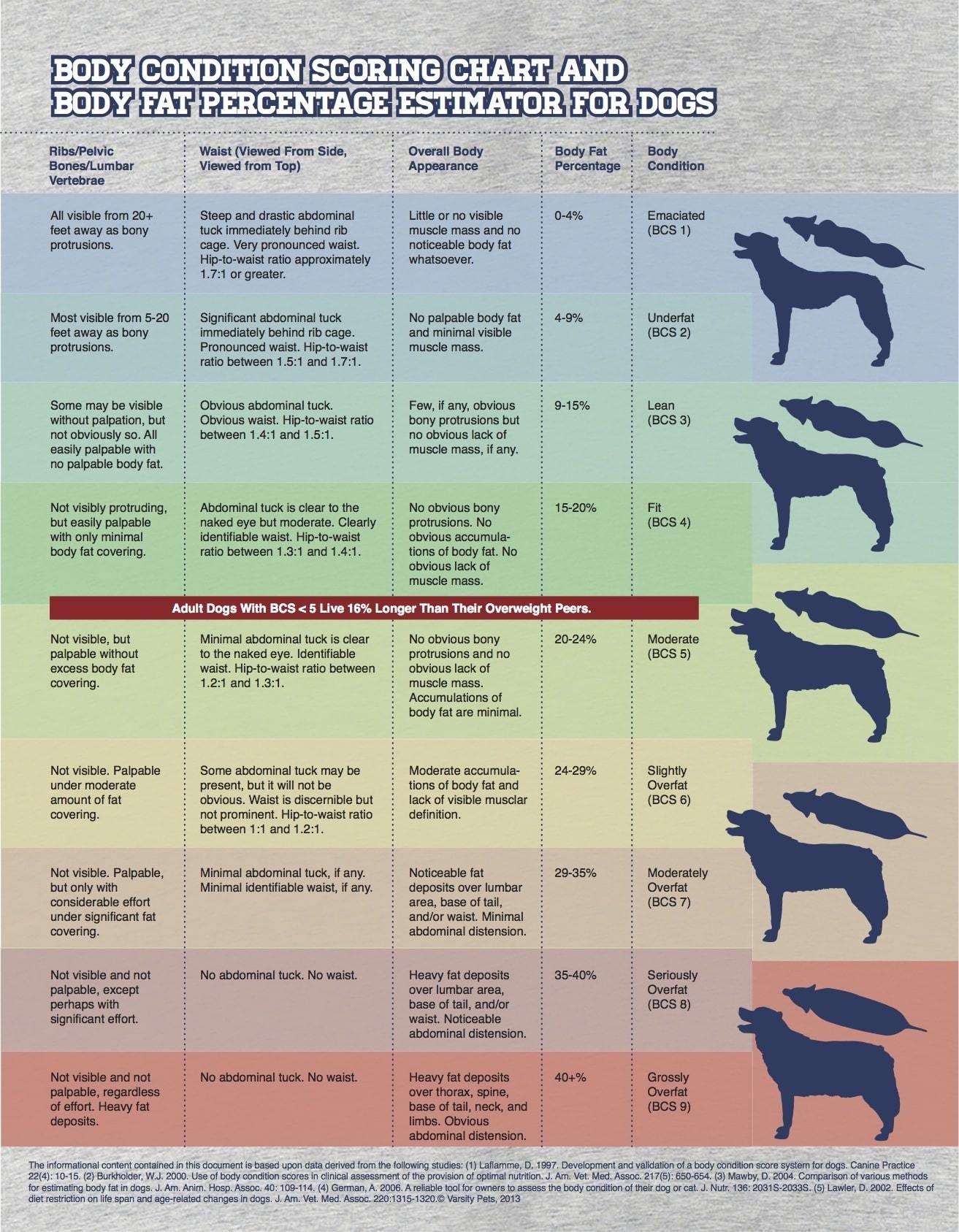Good intentions may do as much harm as malevolence, if they lack understanding.
— Albert Camus
For the past week, my sole professional focus has been on raising public awareness about the problem of canine obesity. The Varsity Pets IndieGoGo campaign to stop the canine obesity epidemic is well underway and off to a great start. And I’ve been working hard to ensure that the campaign succeeds.
(For those of you who have contributed to the campaign in any way, thank you so much — both from the VP team and the 30+ million dogs whose lives we are trying to prolong. If you haven’t contributed yet, please consider stopping by and helping us out — we really need all the help we can get and we’d love to send you some discounted Varsity Pets gear and publish a photo of your dog in the first edition of Fit Dogs Live Forever in exchange for your support.)
One fact you just can’t escape when trying to raise awareness about canine obesity is that a fundamental misunderstanding about what a dog’s body should look like is at the very heart of the epidemic. Far too many people — APOP estimates that it’s as much as 42% of dog owners — simply don’t know what their dog’s body should look like.
We created this infographic to help correct that problem:

As you can see, it uses both textual descriptions of key body parts and silhouette images to help you assign your dog to one of nine different body condition categories. And each category includes an estimate of your dog’s overall body fat percentage (BFP), as well as a qualitative conclusion about what that BFP means for your dog — “underfat,” “fit,” etc.





